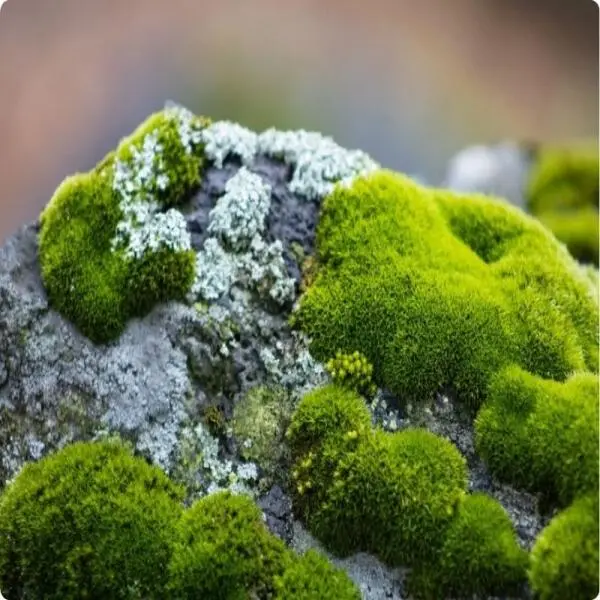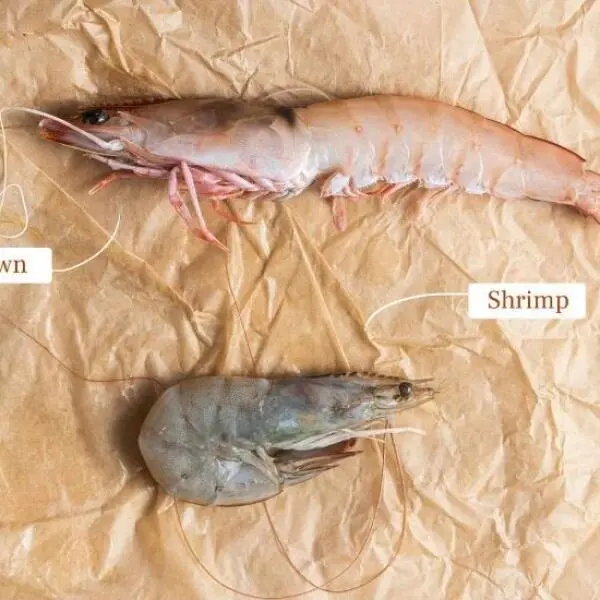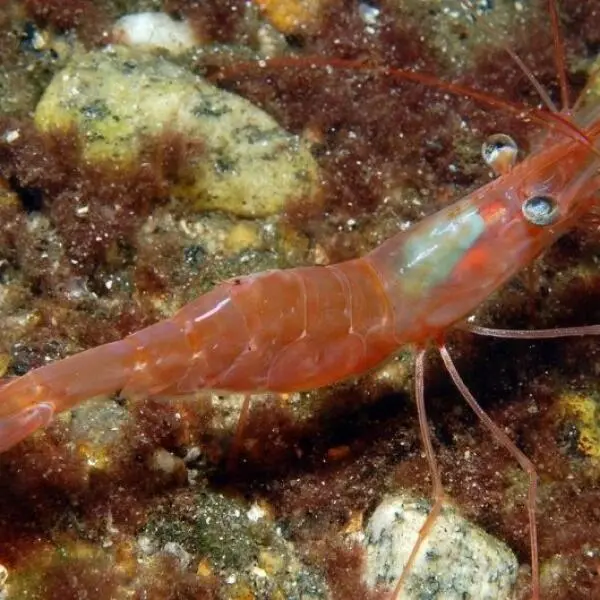
Shrimp is a versatile and beloved seafood staple, but few realize the incredible variety of shrimp species available worldwide. With over 300 commercially consumed types and thousands of species overall, shrimp come in various colors, sizes, and flavors. This article will explore the different types of shrimp, their characteristics, and their uses, addressing questions like "What are the different types of shrimp?" and "What types of shrimp are suitable for aquariums?"
How are Shrimp Classified?
Shrimp species can be broadly categorized based on their habitat, color, size, and flavor. These are the most distinguished types:
1. White Shrimp
White shrimp, including Pacific white shrimp and Gulf white shrimp, are prized for their sweet and nutty flavor. These shrimp are commonly farmed but can also be wild-caught in warm waters. Their clean taste makes them ideal for recipes like shrimp scampi or barbecue shrimp. Gulf white shrimp, in particular, are renowned for their role in Creole and Southern cuisine.
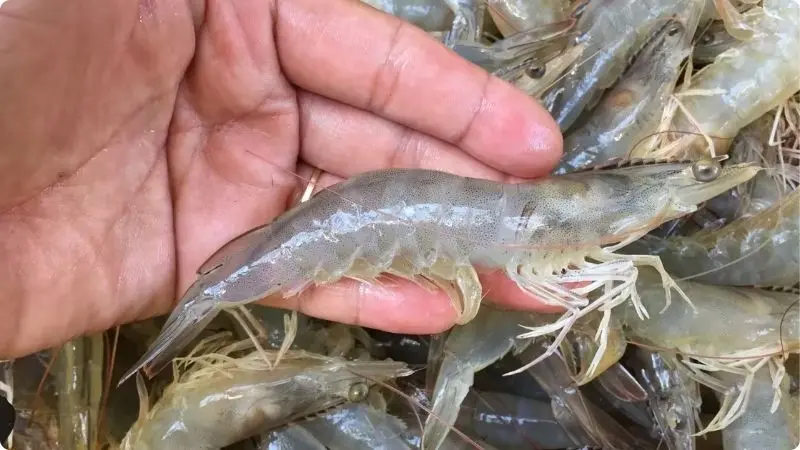
White Shrimp
2. Pink Shrimp
Pink shrimp are known for their naturally pink hue, even when raw. Popular varieties include Gulf pink shrimp and Northern pink shrimp, often used in shrimp boils and seafood salads. Their delicate flavor and tender texture make them a favorite for light dishes.
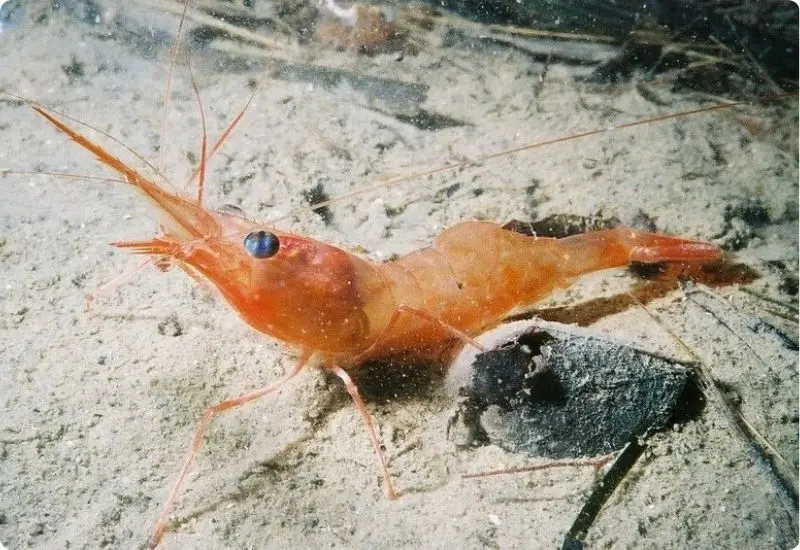
Pink Shrimp
3. Brown Shrimp
Brown shrimp have a robust, mineral-like flavor due to their iodine content. Found in warm, muddy waters, they are best suited for bold dishes like gumbos and curries. When cooked, they turn a vibrant orange-pink.
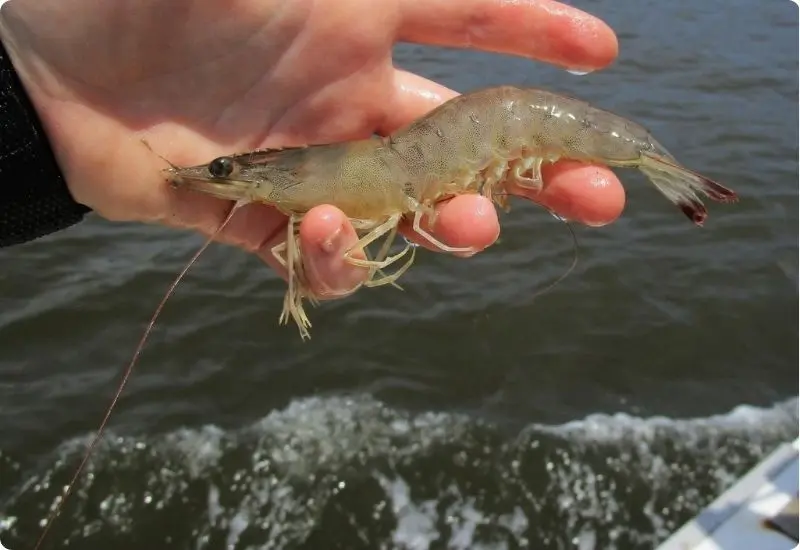
Brown Shrimp
4. Royal Red Shrimp
Royal red shrimp stand out with their deep red shells and lobster-like flavor. These deep-sea shrimp are prized for their tender, sweet meat, often used in premium dishes like risotto or sautéed seafood plates.
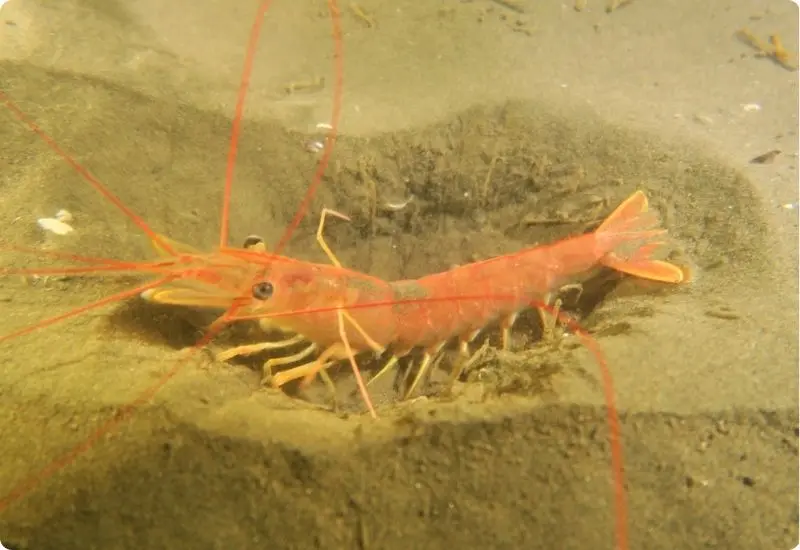
Royal Red Shrimp
5. Tiger Shrimp
Characterized by their black stripes, tiger shrimp are among the largest farmed shrimp. While their size makes them impressive, they are often less sustainable due to farming practices. They are best grilled or broiled to highlight their firm texture.

Tiger Shrimp
6. Rock Shrimp
Rock shrimp are known for their hard shells and lobster-like texture. They are commonly sold peeled and deveined, making them easy to cook. Rock shrimp shine in grilled or fried dishes, offering a rich, briny flavor
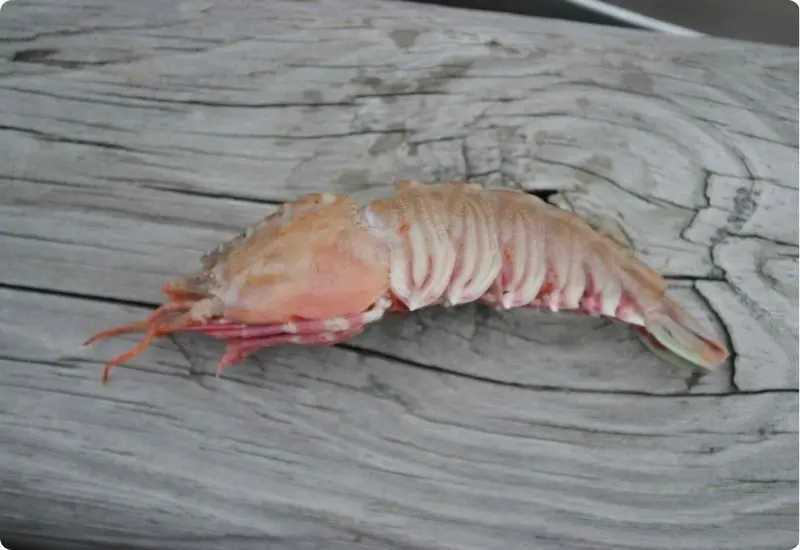
Rock Shrimp
7. Spot Shrimp
Found off the Pacific Coast, spot shrimp are large and flavorful, often eaten raw as sashimi or quickly cooked. Their sweet and delicate flesh is highly sought after in gourmet cuisine.
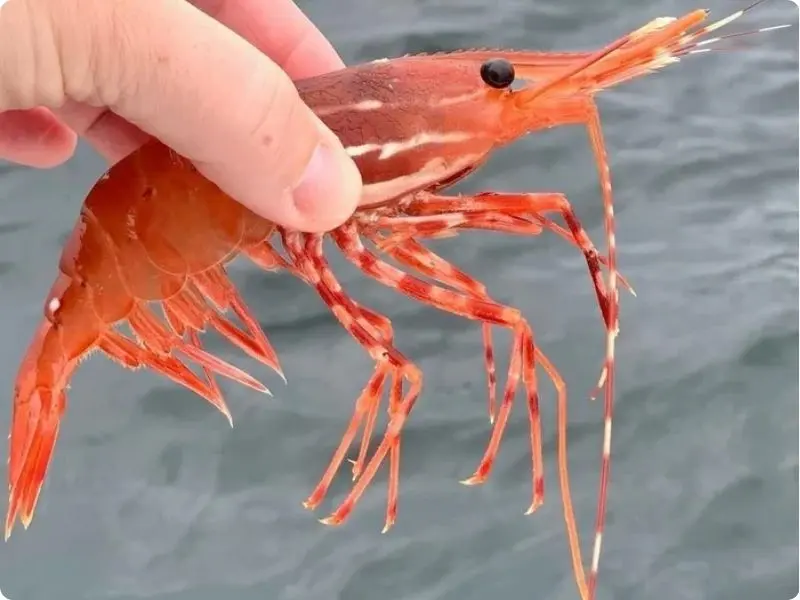
Spot Shrimp
8. Pacific White Shrimp
Pacific white shrimp are versatile and widely available. They are farmed globally, with wild-caught options being more sustainable. These shrimp are mild in flavor, making them adaptable to various cuisines.
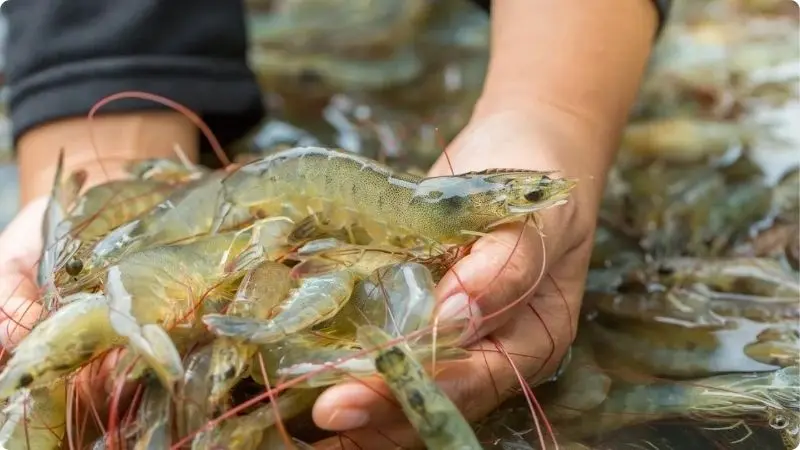
Pacific White Shrimp
Types of Shrimp for Aquariums
In addition to culinary uses, shrimp are popular in aquariums for their cleaning abilities and vibrant colors. Here are some common types of aquarium shrimp:
1. Cherry Shrimp
Cherry shrimp are small, freshwater shrimp with bright red coloring. They are easy to care for and thrive in community tanks, feeding on algae and debris.
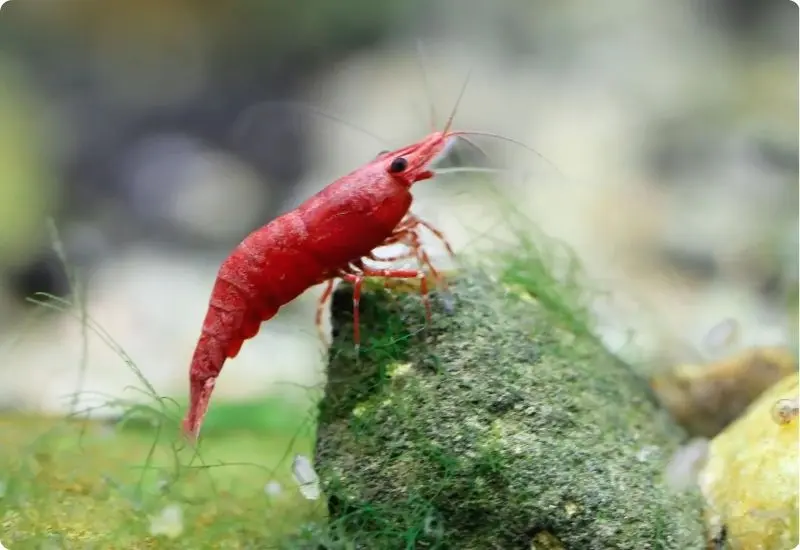
Cherry Shrimp
2. Amano Shrimp
Amano shrimp are larger freshwater shrimp known for their algae-eating prowess. They are clear with subtle brown markings and are ideal for planted tanks.
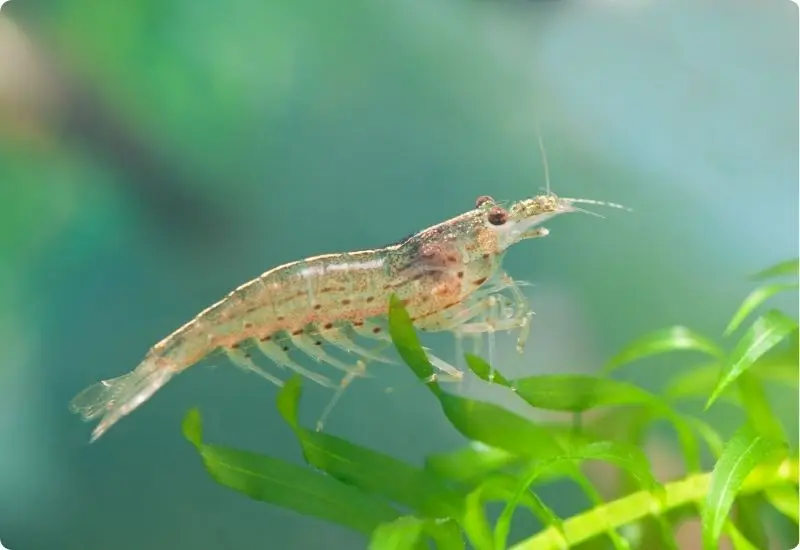
Amano Shrimp
3. Ghost Shrimp
Ghost shrimp are transparent and inexpensive, often used as feeders or for tank cleaning. They are tough and can adjust to different water conditions.
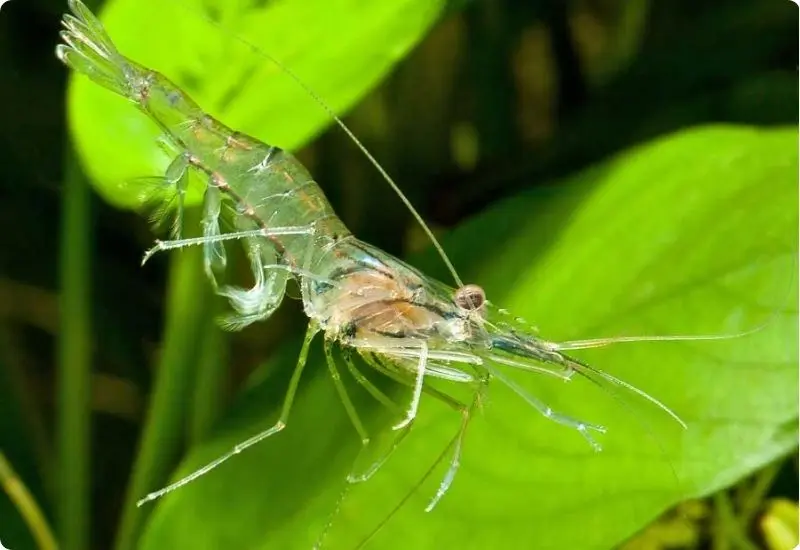
Ghost Shrimp
4. Crystal Red Shrimp
Crystal red shrimp are strikingly beautiful but more delicate, requiring specific water conditions. Their white and red patterns make them a favorite among shrimp enthusiasts.
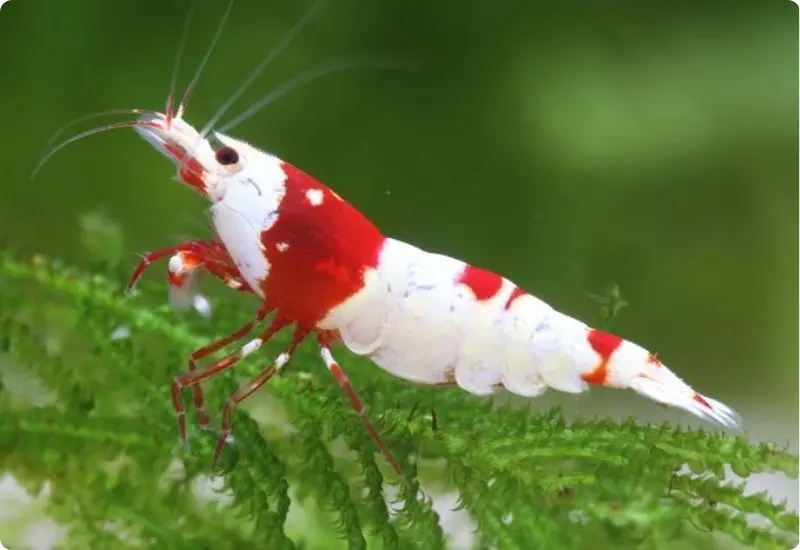
Crystal Red Shrimp
5. Bamboo Shrimp
Bamboo shrimp are filter feeders, using fan-like appendages to capture food particles from the water. Due to their peaceful nature, they are ideal for community aquariums.
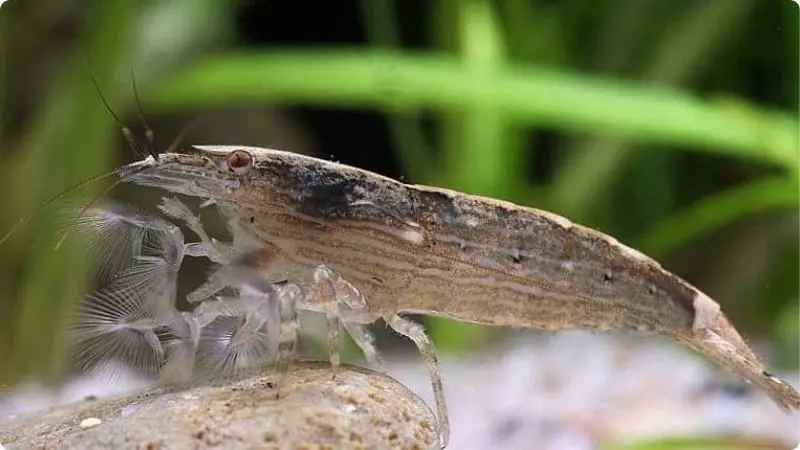
Bamboo Shrimp
How to Choose the Best Shrimp
1. Size Matters
Shrimp sizes are typically labeled by the count per pound, with smaller numbers indicating larger shrimp. Here’s a guide to common size designations:
- Extra Colossal: U/10 (under 10 shrimp per pound)
- Jumbo: 21/25 (21-25 shrimp per pound)
- Medium: 41/50 (41-50 shrimp per pound)
- Salad Style: 71+ shrimp per pound
Choose larger shrimp for grilling or stuffing and smaller shrimp for soups, salads, or stir-fries.
2. Fresh vs. Frozen
Most shrimp sold in supermarkets are frozen shortly after harvest. Individually Quick Frozen (IQF) shrimp retain their quality better than block-frozen shrimp. If fresh shrimp are available, ensure they are truly fresh by checking for a clean, marine aroma.
3. Sustainability
The most sustainable shrimp options are wild-caught varieties from the U.S., harvested using traps or small nets. Avoid imported farmed shrimp, which often involve unsustainable practices and environmental harm. Look for certifications like those from the Marine Stewardship Council or consult resources like Seafood Watch for guidance.
Nutritional Benefits of Shrimp
Shrimp are a powerhouse of nutrition, providing a low-calorie, high-protein option rich in essential nutrients. A 3-ounce serving usually includes:
- Protein: 20 grams
- Fat: 0.24 grams
- Carbohydrates: 0.17 grams
- Calcium: 60 milligrams
- Magnesium: 33 milligrams
Their low fat and carbohydrate content make them an excellent choice for various diets, including keto and paleo.
Recipes Featuring Different Types of Shrimp
Shrimp’s versatility allows it to shine in countless dishes. Here are a few ideas:
- Shrimp Scampi: Sauté shrimp with garlic, butter, and white wine for a classic pasta topping.
- Grilled Shrimp Skewers: Marinate jumbo shrimp in olive oil, lemon juice, and herbs before grilling.
- Shrimp Stir-Fry: Combine shrimp with vegetables and a savory sauce for a quick, healthy meal.
- Gumbo: Use robust brown shrimp for a hearty, flavorful stew.
Conclusion
Shrimp are far more diverse than most people realize, with types ranging from sweet pink shrimp to robustly flavored royal reds. Whether you’re selecting shrimp for a gourmet dish or an aquarium, understanding the different types can help you make the best choice. By choosing sustainable options and understanding shrimp sizes and varieties, you can enjoy this delicious seafood responsibly.
Whether you’re preparing a simple shrimp boil or setting up a stunning aquarium, the wide range of shrimp types ensures there’s something for everyone to enjoy.
Related Articles
Tired of pool scale? What causes white spots in your pool?
Pool scale is a common issue for pool owners, causing unsightly deposits and potentially damaging ...
Ever Wondered How Algae and Moss Differ?
Algae and moss are often mistaken for one another due to their green appearance and similar growth ...
Can moss really grow anywhere?
Moss is a unique and resilient plant that has adapted to survive in diverse ecosystems for hundreds ...
Shrimp and Prawns: Unveiling the Differences and Similarities
If you’ve ever encountered a seafood menu or a bustling fish market, you’ve likely seen the terms ...
What is White Shrimp? A Deep Dive into This Iconic Seafood
White shrimp (Litopenaeus setiferus) stands as one of the most commercially significant seafood ...
All About Pink Shrimp: The Fascinating World of Pink Shrimp
Pink shrimp (Farfantepenaeus duorarum) stands as one of the most valuable and fascinating marine ...



